Wearing a Butt Plug in Public: Safety & Legality Guide
Wearing a Butt Plug in Public: Safety & Legality Guide
📅 Content Status: Last Updated October 16, 2025 | Reviewed quarterly for safety protocols, legal considerations, and medical guidance
Legal Notice: This article provides educational information only and does not constitute legal advice. Laws regarding public conduct vary by jurisdiction. Wearing intimate items concealed under clothing is generally legal in the United States, but public indecency laws prohibit any exposure or display. You are responsible for understanding and complying with all applicable local, state, and federal laws in your area. When in doubt, err on the side of caution.
Medical Notice: This information is educational, not medical advice. Consult healthcare providers about personal health concerns, existing conditions, or questions about whether any sexual activity is safe for your specific health situation.
Consent & Privacy: This guide addresses private, personal activity conducted discreetly under clothing. The public has not consented to participate in your sexual activities—maintain complete discretion and privacy at all times. Never expose intimate items, discuss this activity with non-consenting individuals, or engage in any sexual behavior in public spaces.
Quick Answer: Is Public Wear Legal and Safe?
Legality: Wearing a butt plug concealed completely under clothing is generally legal throughout the United States as it constitutes private behavior. Public indecency laws prohibit exposure or display—not hidden personal items.
Safety: Yes, with proper protocols: use flared-base plugs, start with 30-90 minute sessions, choose body-safe materials, apply generous lubricant, and never exceed 3-4 hours. Remove immediately if you experience numbness, sharp pain, or discomfort.
Critical requirement: Complete discretion—the public hasn't consented to your private activity. Never expose, discuss, or draw attention. Review our product selection guide and preparation how-to before your first outing.
📋 What This Guide Covers
🎯 Essential Safety & Legal Principles
- Legal compliance: Hidden under clothing only; no exposure or public sexual activity
- Consent boundaries: Public hasn't consented—maintain complete discretion always
- Flared base mandatory: Non-negotiable safety feature preventing medical emergencies
- Time limits: 30-90 minutes for beginners; never exceed 3-4 hours total
- Remove immediately if: Numbness, sharp pain, tingling, cramping, or bowel urgency
- Never wear during: Sleep, illness, GI issues, post-surgery, or under influence
- Inappropriate settings: Work (context-dependent), schools, religious sites, security checkpoints
Wearing a butt plug in public is a form of private, personal exploration that some adults incorporate into their intimate lives. This practice involves discreet wear under clothing during everyday activities—never any exposure or public sexual behavior. When approached with proper safety protocols, legal awareness, and health-conscious planning, it can be done without health risks or legal concerns.
This guide focuses exclusively on safety and legality: US legal considerations and consent boundaries, anatomical safety requirements including flared base necessity, session time limits and health monitoring, clear guidance on contraindications and inappropriate settings. For product selection, see our materials and sizing guide. For preparation steps, see our how-to and hygiene guide.
Legality & Consent in the United States
Understanding the legal and ethical boundaries of public wear is absolutely essential before considering this activity. Laws protect public spaces from unwanted sexual exposure while generally permitting private behavior conducted discreetly.
The Legal Distinction: Hidden vs Exposed
What is legal: Wearing intimate items concealed completely under clothing constitutes private behavior and is generally legal throughout the United States. No law prohibits what you wear under your clothes as long as it remains entirely hidden and you engage in no sexual activity in public.
What is illegal: Public indecency, lewd conduct, and obscene exposure laws prohibit displaying intimate items, exposing yourself, or engaging in sexual activities in public view. These violations can result in criminal charges, including potential sex offender registration in severe cases.
The bright line: Complete concealment and discretion are not just recommended—they're legally essential. Any exposure, intentional display, or discussion with non-consenting individuals crosses into illegal territory.
Consent Boundaries: Who Has Agreed to This?
Consenting parties: Only you, and potentially a partner you've explicitly discussed this with, have consented to this private activity.
Non-consenting parties: Every member of the public—coworkers, store employees, strangers on the street, service workers, fellow shoppers, restaurant staff—has NOT consented and must never be made aware of your private activity.
The ethical principle: Sexual activities require consent from all aware participants. By keeping this activity completely private and undetectable, you ensure the public isn't involuntarily involved. This is why discretion isn't just practical—it's an ethical requirement.
Context Matters: Where NOT to Consider This
Even when legal and discreet, certain contexts present inappropriate settings:
🚫 Inappropriate Settings for Public Wear
- Professional workplaces with strict conduct codes: Corporate offices, educational institutions, healthcare facilities, government offices may have policies prohibiting sexual items on premises even if concealed
- Educational settings: Schools, universities, libraries—educational environments have heightened expectations of professional conduct
- Places of worship: Religious institutions deserve respect for their values and expectations
- Government buildings: Courthouses, DMV offices, government facilities often have conduct codes and security screening
- Security checkpoints: Airports, borders, secure facilities where bag searches or metal detectors create discovery risk
- Healthcare appointments: Medical examinations may require clothing removal
- Anywhere with children present: Daycares, playgrounds, family restaurants—maintain extra caution around children
Local Ordinances Vary
State and local differences: While general principles apply nationwide, specific statutes vary by state, county, and city. Some jurisdictions have broader public decency statutes than others.
Your responsibility: Familiarize yourself with your local ordinances. City attorney websites, local government pages, or legal aid organizations can clarify your area's specific laws regarding public conduct.
When in doubt, don't: If you're uncertain about legality in any specific setting or jurisdiction, the safest choice is to abstain. No personal exploration is worth legal consequences.
Safety First: Anatomy, Bases & Session Time Limits
Understanding anal anatomy and plug geometry is essential for safe public wear. The risks of improper equipment or excessive duration are real and preventable. For detailed product specifications, see our sizing and materials guide.
Why Flared Bases Are Mandatory
The anatomical risk: The rectal sphincter can pull objects inside the rectum beyond reach. Unlike the vagina (which has the cervix as a natural barrier), the rectum connects to the intestinal tract. Objects without adequate flared bases can travel internally, creating genuine medical emergencies requiring emergency room visits and potentially surgical removal.
🚨 Flared Base is Mandatory—No Exceptions
What constitutes adequate flare: The base must be at minimum 1.5x wider than the plug's maximum body width. A plug with a 1.2 inch (3.0 cm) maximum width requires a base of at least 1.8 inches (4.6 cm) across. Larger is safer.
Never use anything anally that lacks this critical safety feature. Emergency room staff regularly treat lodged rectal objects—don't become a medical case study. Browse our beginner plug collection for properly designed options.
Plug Geometry That Matters
The essential structure: Every anal plug must follow this precise geometry: tapered tip (for comfortable insertion) → widest point of the body (provides sensation) → slim neck (resting position for sphincter) → flared base (stays outside body—non-negotiable safety feature).
Why each part matters:
- Tapered tip: Gradual width increase allows sphincter to accommodate slowly rather than forcing immediate stretch
- Body (widest point): Creates the "fullness" sensation; sizing here determines comfort and challenge level
- Slim neck: Allows sphincter muscles to close to natural resting diameter, preventing fatigue during extended wear. Learn more about neck sizing in our complete sizing guide
- Flared base: MUST be significantly wider than the body's maximum width to prevent over-insertion emergencies
Safe Session Duration
For beginners (first 10 public sessions): Limit wear to 30-90 minutes maximum. This duration allows you to assess your setup, test clothing, evaluate comfort, and identify any issues without prolonged risk exposure.
For experienced users (6+ months of regular wear): You may extend to 2-3 hours maximum, but only after demonstrating consistent comfort across many shorter sessions. This is the absolute maximum safe limit—never exceed 3-4 hours of continuous wear.
Why time limits matter:
- Blood flow reduction: Prolonged pressure on anal tissues reduces circulation, potentially causing tissue damage
- Muscle fatigue: Even with slim necks, sphincter muscles tire from holding position, leading to discomfort
- Infection risk: Extended wear increases bacterial growth and potential for infection
- Reduced sensation: You may become less aware of problems developing as you adapt to the sensation
⚠️ Remove Immediately If You Experience:
- Numbness or tingling: Indicates nerve compression or circulation issues
- Sharp pain: Different from pressure or fullness—sharp pain indicates potential injury
- Abdominal cramping: May signal irritation to internal tissues
- Urge for bowel movement: Never attempt bowel movements with a plug inserted—remove first. Review removal protocol in our preparation guide
- Dizziness or nausea: Can indicate vasovagal response or other complications
- Bleeding: Any amount of blood requires immediate removal and medical evaluation if it continues
Base Styles for Comfort
Low-profile disc bases: Flat, circular bases distribute pressure across a larger area and sit flush between buttocks. These provide the most comfortable seating and least awareness during public wear. Recommended for beginners and extended sessions. Shop beginner-friendly options.
T-bar bases: A perpendicular bar design that sits parallel to the buttock crease. Provides good comfort and easy grip for removal. Slightly more noticeable than disc bases but still discreet.
Jeweled/decorative bases: Heart-shaped, jeweled, or elaborate bases add visual appeal for private partner play but present challenges for public wear. For more on decorative options, see our product selection guide.
When NOT to Wear a Plug
Certain conditions and situations make plug wear unsafe or inadvisable. Recognizing these scenarios protects your health.
🚫 Never Wear a Plug During These Conditions
Medical Conditions
- GI upset: Diarrhea, constipation, irritable bowel syndrome flare-ups, inflammatory bowel disease symptoms
- Hemorrhoids: External or internal—plugs exacerbate swelling and pain
- Anal fissures: Small tears that cause pain and bleeding—plugs prevent healing
- Infections: Yeast infections, bacterial infections, STIs affecting the anal/rectal area
- Post-surgical: Recent abdominal, pelvic, rectal, or anal surgery—wait for complete healing and medical clearance
- Active pain: Any unexplained anal, rectal, or abdominal pain
Impaired States
- Alcohol intoxication: Impairs judgment and reduces ability to recognize problems
- Drug use: Both recreational and certain prescription medications that affect awareness
- Extreme fatigue: When you're too tired to maintain situational awareness
Situational Constraints
- No restroom access: Hiking remote trails, long car trips without stops, outdoor festivals with poor facilities
- Security screening likely: Airports, government buildings, courthouses, concerts/events with metal detectors
- Bag searches probable: Events where your hygiene kit might be discovered
- Possibility of clothing removal: Medical appointments, spa visits, clothing shopping where you'll use fitting rooms
High-Risk Activities
- High-impact sports: Basketball, soccer, skiing, skateboarding—fall risk
- Swimming: Public pools, beaches—hygiene concerns and difficult emergency removal
- Amusement park rides: Intense G-forces and vibrations
- Long flights: Prolonged sitting without ability to stand/move freely, pressure changes
- Any strenuous exercise: See detailed exercise guidance below
Why No Exercise?
Avoid all exercise while wearing a plug. Stick to gentle walking only. Here's why exercise is inadvisable:
- Running, cycling, or cardio: Creates repetitive impact and friction that can cause internal irritation or abrasion
- Heavy lifting: Increases abdominal pressure significantly, which can force the plug deeper or cause discomfort
- Yoga: Especially inversions (headstands, shoulder stands) or deep stretches—shifts internal positioning and can create unexpected pressure or movement
- High-impact sports with fall risk: Skiing, skating, contact sports could result in injury if you fall while wearing a plug
- Gym environments: Often lack immediate private restroom access if you need to remove the plug urgently
- Sweat and exertion: Requires frequent position adjustments that aren't possible during exercise classes
Safe activities: Limit yourself to leisurely walking on flat surfaces, light shopping, or sitting activities like coffee dates or movie theaters. These activities allow you to monitor comfort, maintain awareness of the plug, and access restrooms quickly if needed.
Never Sleep With a Plug Inserted
Critical overnight rule: You cannot monitor for problems while unconscious. Circulation issues or movement complications can develop unnoticed. Always remove plugs before sleep, regardless of comfort level during waking hours.
Legal & Safety FAQs
Never expose the plug, discuss it with non-consenting individuals, or engage in any sexual activity in public spaces. Context matters significantly—avoid wearing in professional workplaces with strict conduct codes, educational institutions, places of worship, government buildings, or anywhere you could reasonably be asked to undergo security screening.
Local ordinances vary by city and county, so familiarize yourself with your area's specific public decency statutes. When in doubt about legality in any specific setting, err on the side of caution and don't wear. This is a private activity that should remain entirely personal and never involve non-consenting members of the public in any capacity.
Experienced users who have worn plugs comfortably for months may extend sessions to 2-3 hours, but this requires intimate knowledge of your body's responses and should not be attempted without significant prior experience.
Critical time limits: Never sleep with a plug inserted. Never wear for more than 3-4 hours continuously without removal breaks, as this can reduce blood flow, cause muscle fatigue, and increase infection risk.
Remove immediately if you experience numbness, tingling, sharp pain (different from pressure), abdominal cramping, or any urge for a bowel movement. For extended wear scenarios, remove every 2-3 hours for at least 30 minutes to restore circulation and let sphincter muscles rest.
Start conservatively with short sessions and gradually increase duration only after confirming comfort across multiple short outings first.
Running, cycling, or cardio creates repetitive impact and friction that can cause internal irritation or abrasion. Heavy lifting increases abdominal pressure significantly, which can force the plug deeper or cause discomfort. Yoga, especially inversions (headstands, shoulder stands) or deep stretches, shifts internal positioning and can create unexpected pressure or movement.
High-impact sports with fall risk (skiing, skating, contact sports) could result in injury if you fall while wearing a plug. Gym environments often lack immediate private restroom access if you need to remove the plug urgently. The combination of sweat, movement, and physical exertion requires frequent position adjustments that aren't possible during exercise classes.
If you want physical activity while wearing, limit yourself to leisurely walking on flat surfaces, light shopping, or sitting activities like coffee dates or movie theaters. These activities allow you to monitor comfort, maintain awareness of the plug, and access restrooms quickly if needed. Save athletic activities for times when you're not wearing any toys.
Professional environments with strict conduct codes may have policies against any sexual activities or items on premises, even if concealed. Educational institutions, healthcare facilities, government offices, and corporate environments with security clearances generally present higher risks.
Your job's physical demands matter—if your work involves heavy lifting, prolonged standing without break access, or strenuous physical activity, wearing is inadvisable for health reasons. Restroom access is critical—you must have immediate, private access to facilities if you need to remove the plug urgently.
Jobs with security screening (airports, government buildings, courthouses) make wearing impractical and potentially embarrassing. Evaluate your company's policies on personal conduct, your access to private spaces, and whether discovery would create professional consequences.
Many people choose not to wear at work due to these considerations, reserving public wear for personal time (shopping, errands, dates) where professional reputation isn't at stake.
If you do choose to wear to work, follow all safety protocols: start with the shortest possible session (30-60 minutes), ensure your hygiene kit is in your personal bag, choose your most comfortable and smallest plug from our beginner collection, wear conservative clothing, and have a plan for discreet removal if needed.


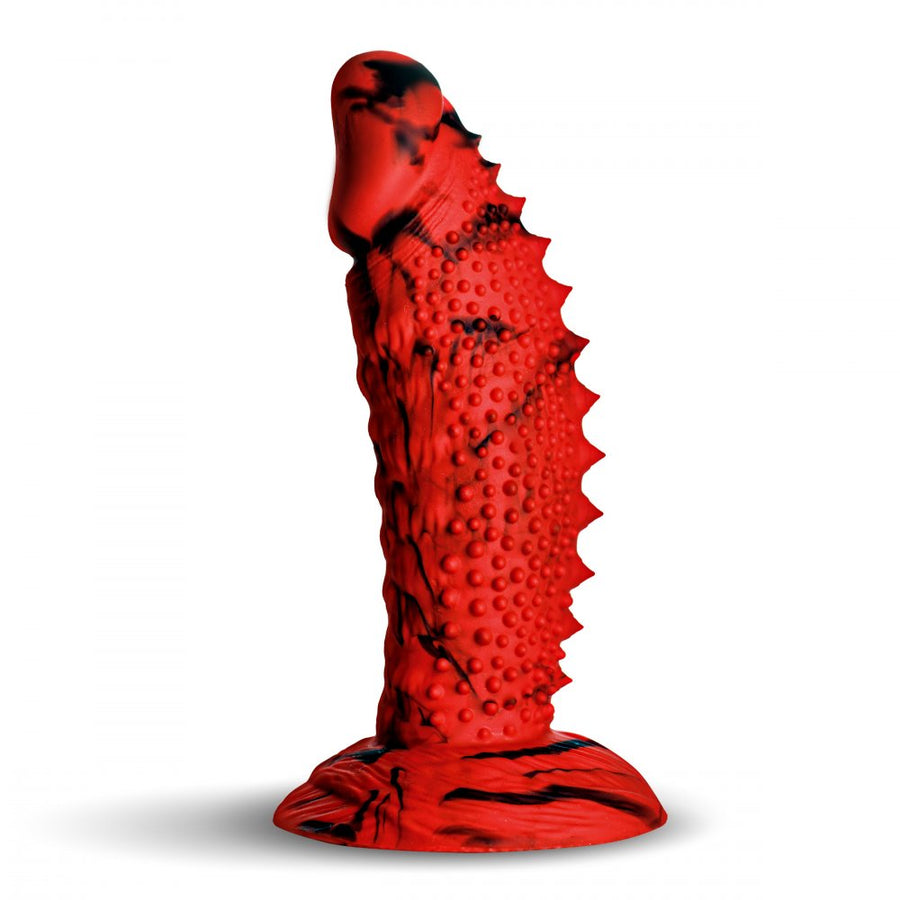

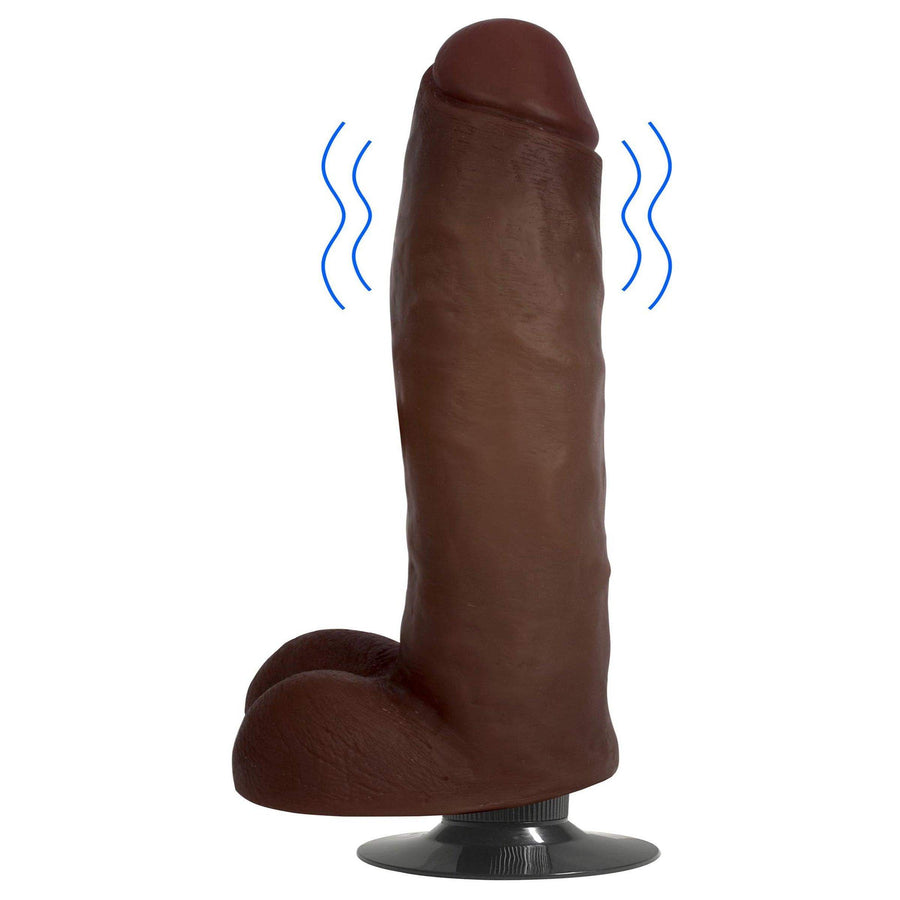
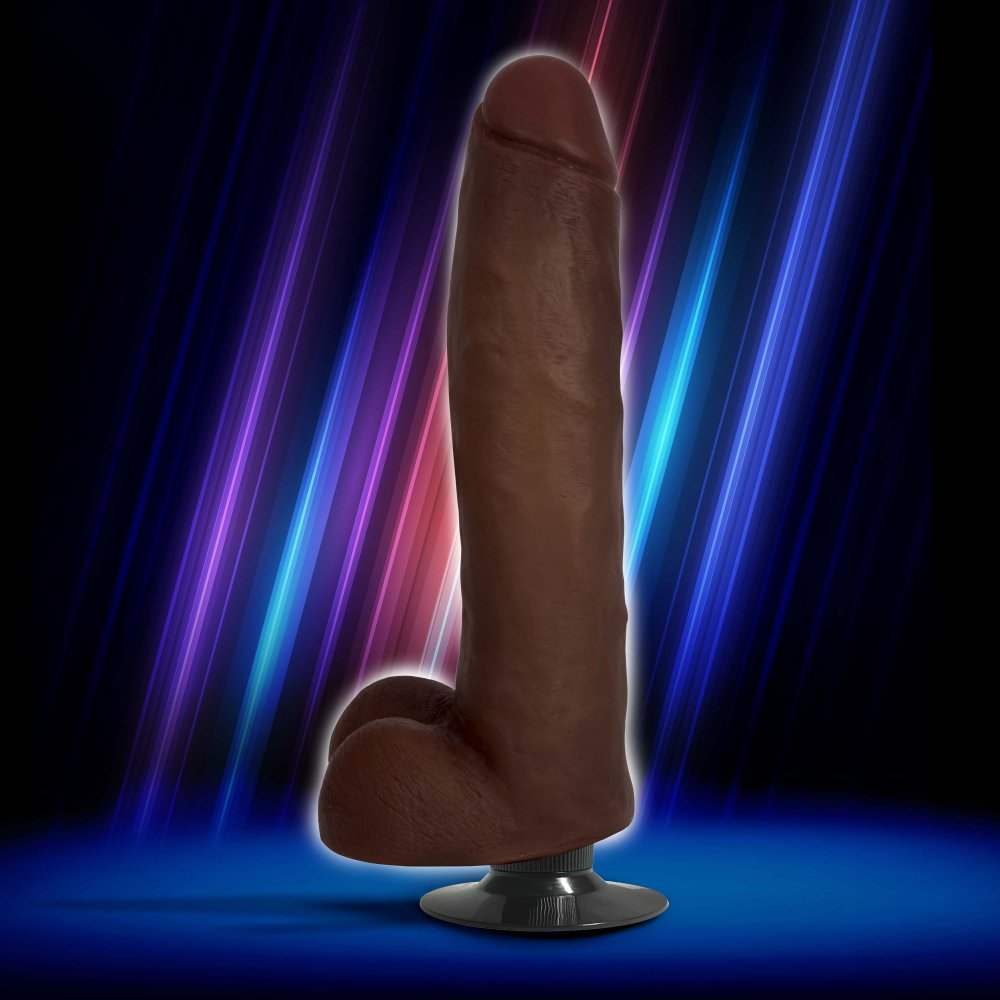
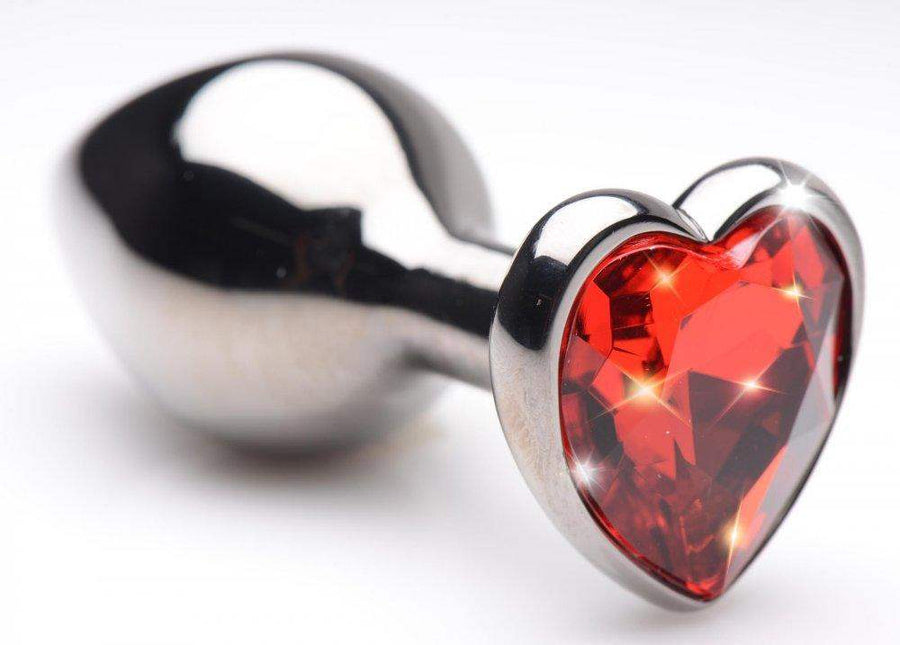
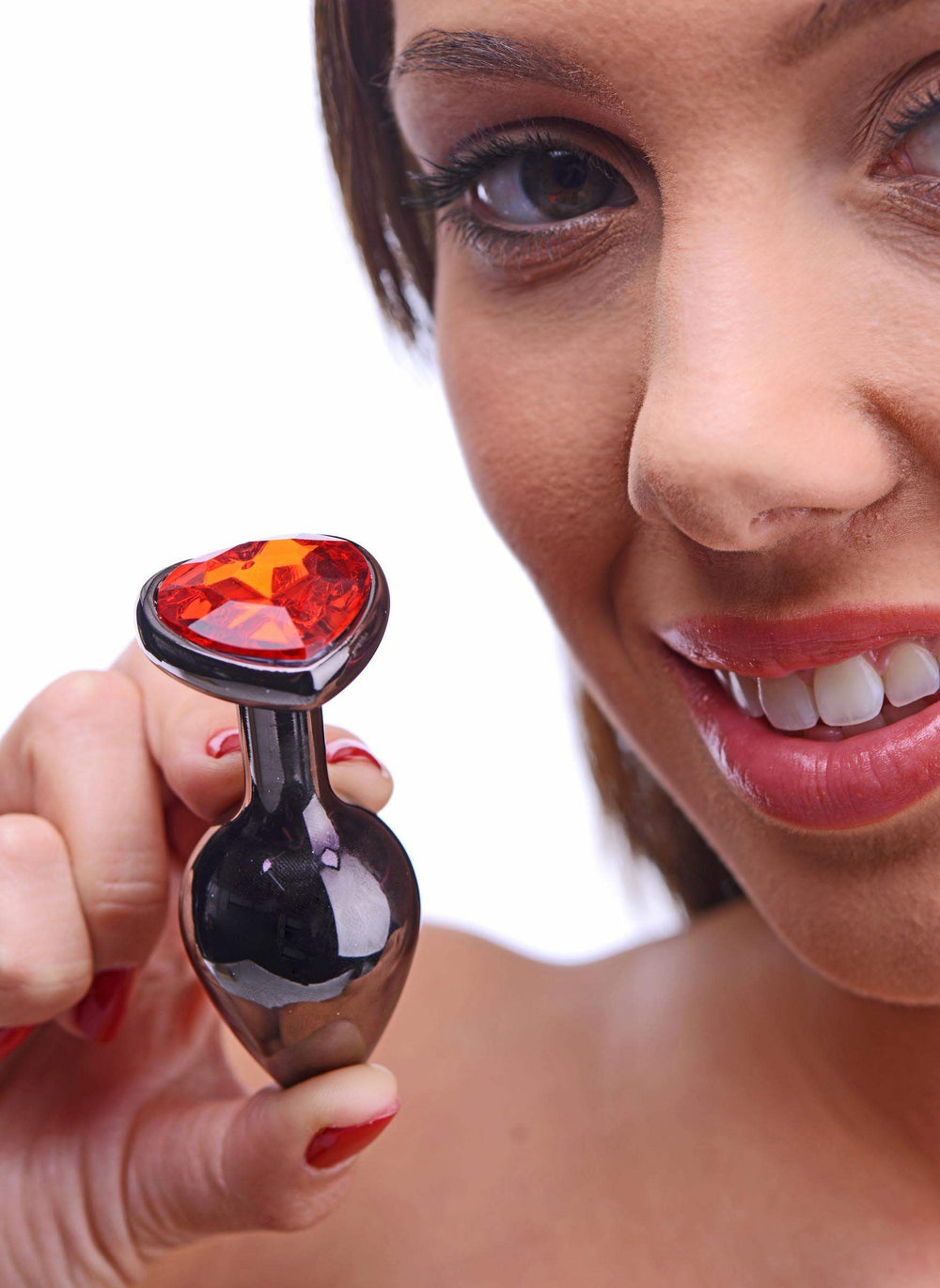
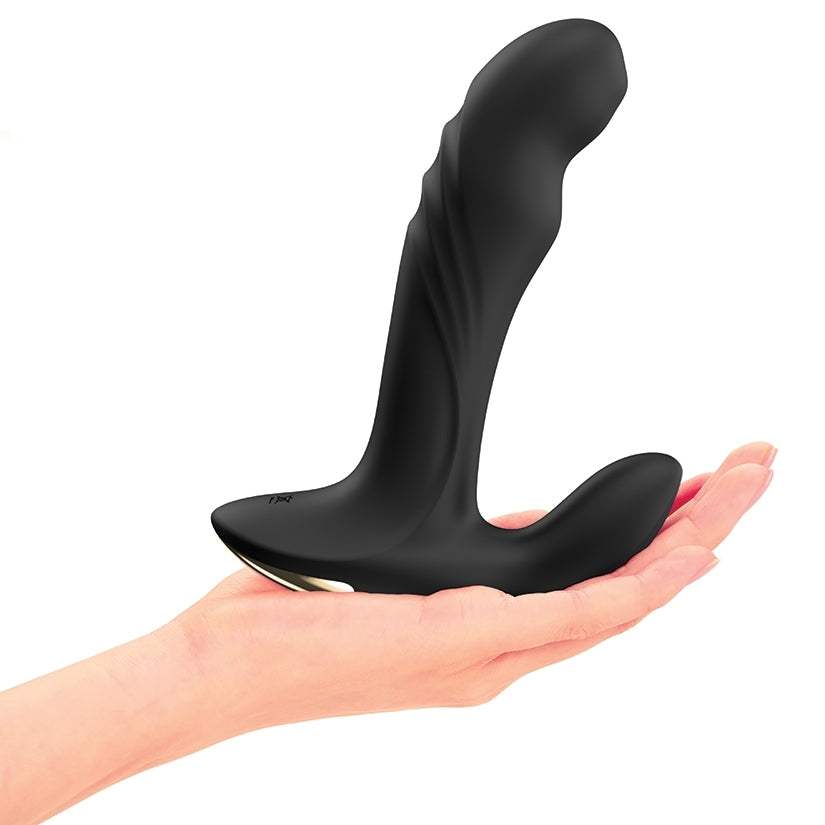
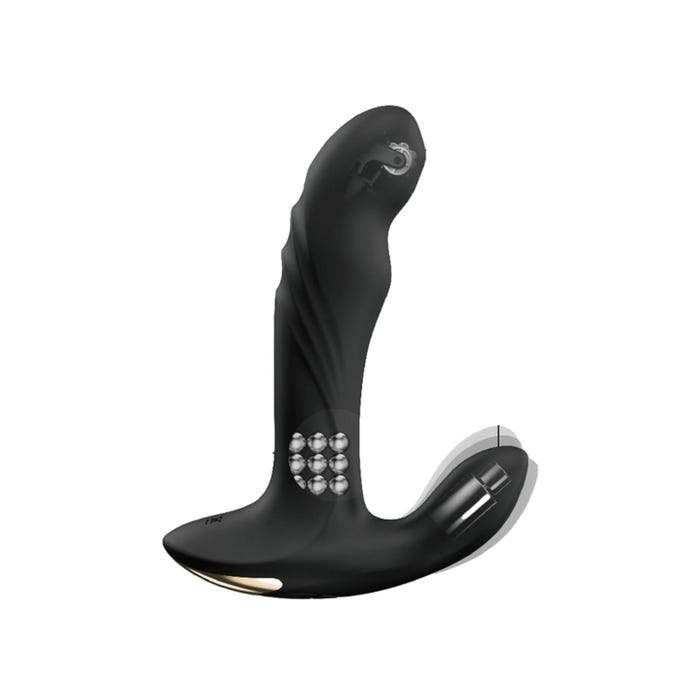

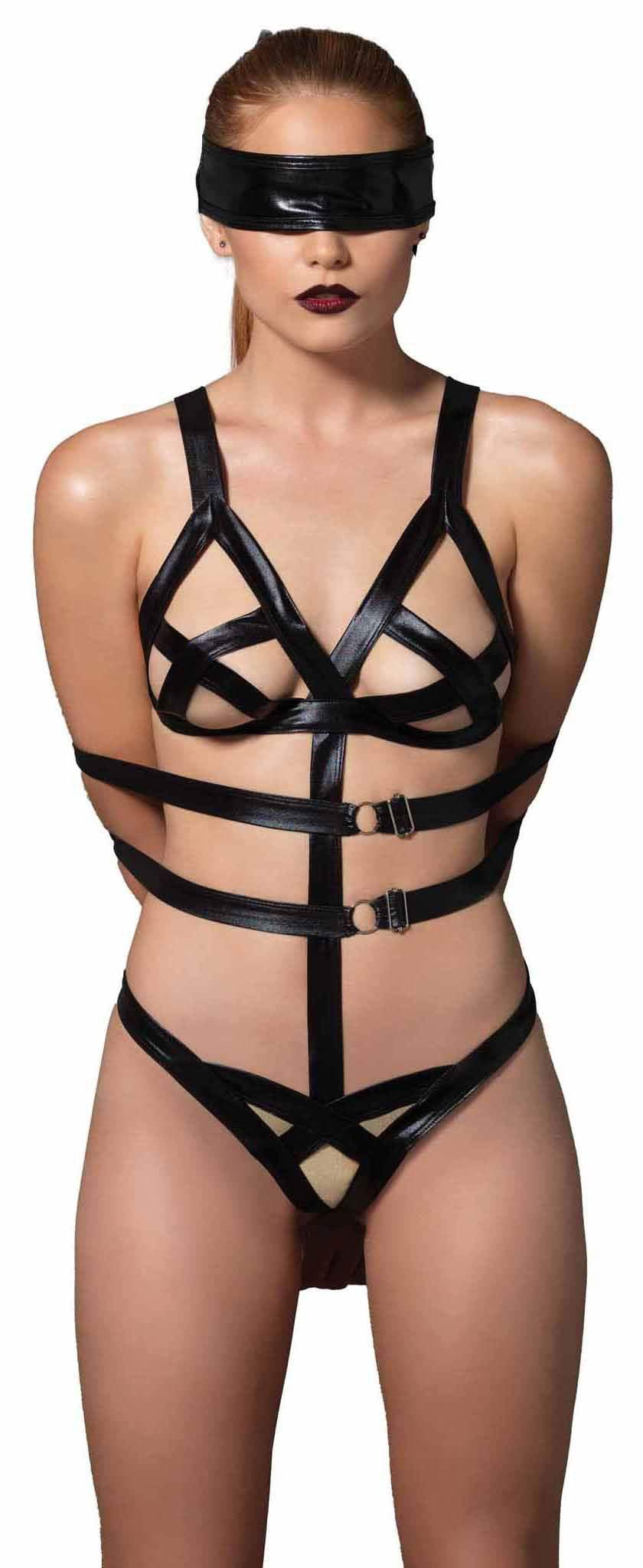
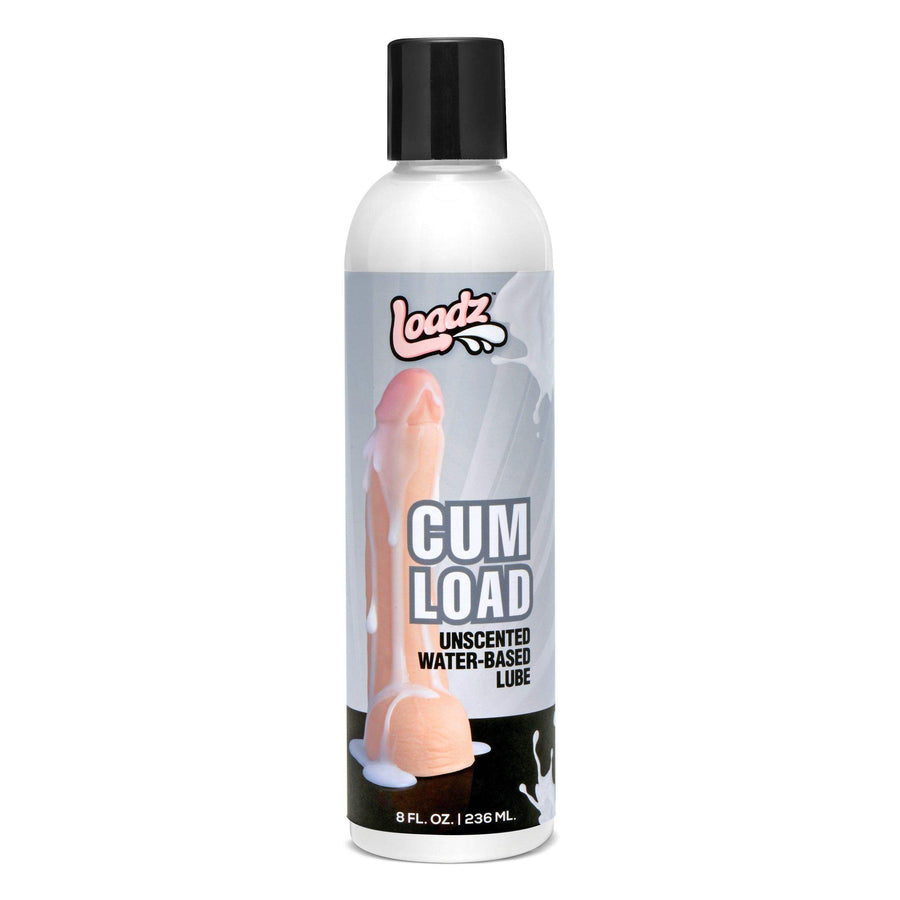

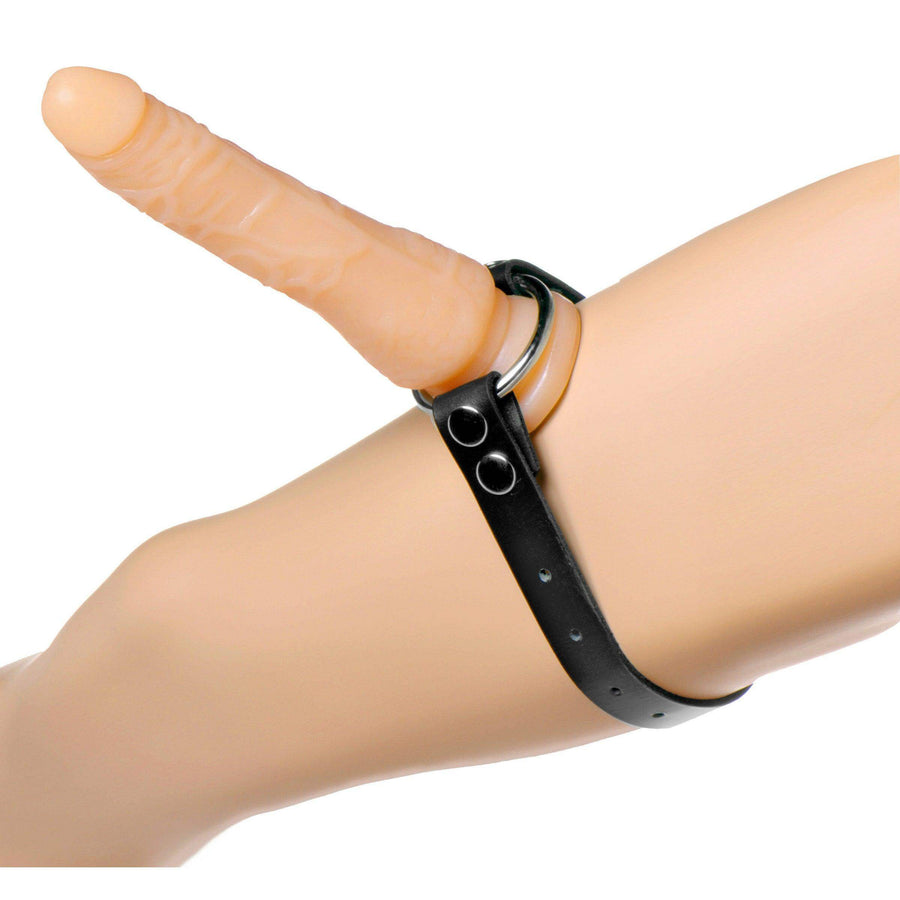
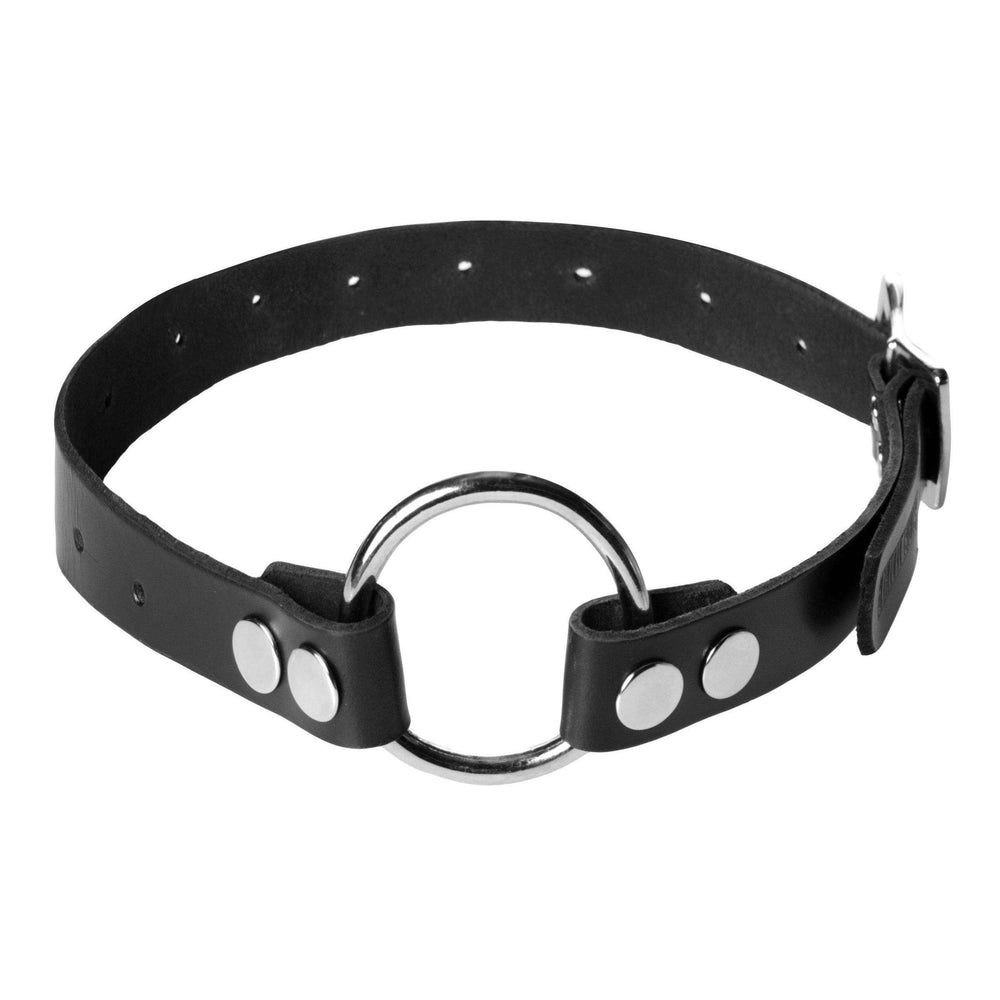
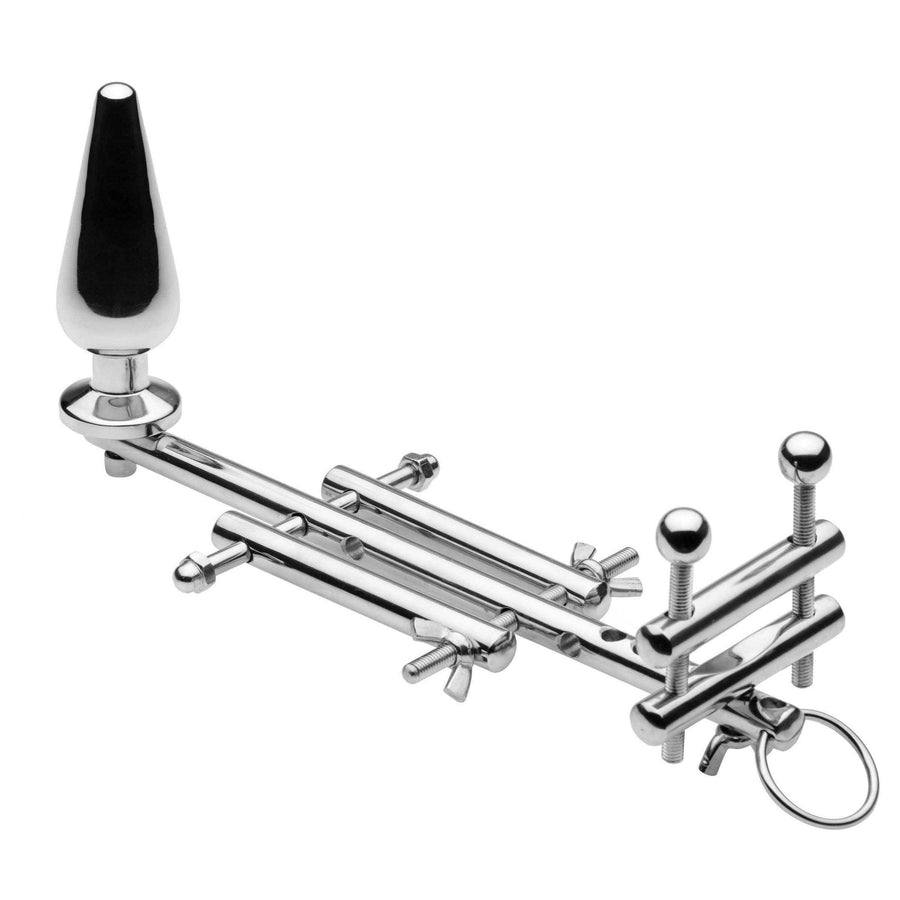
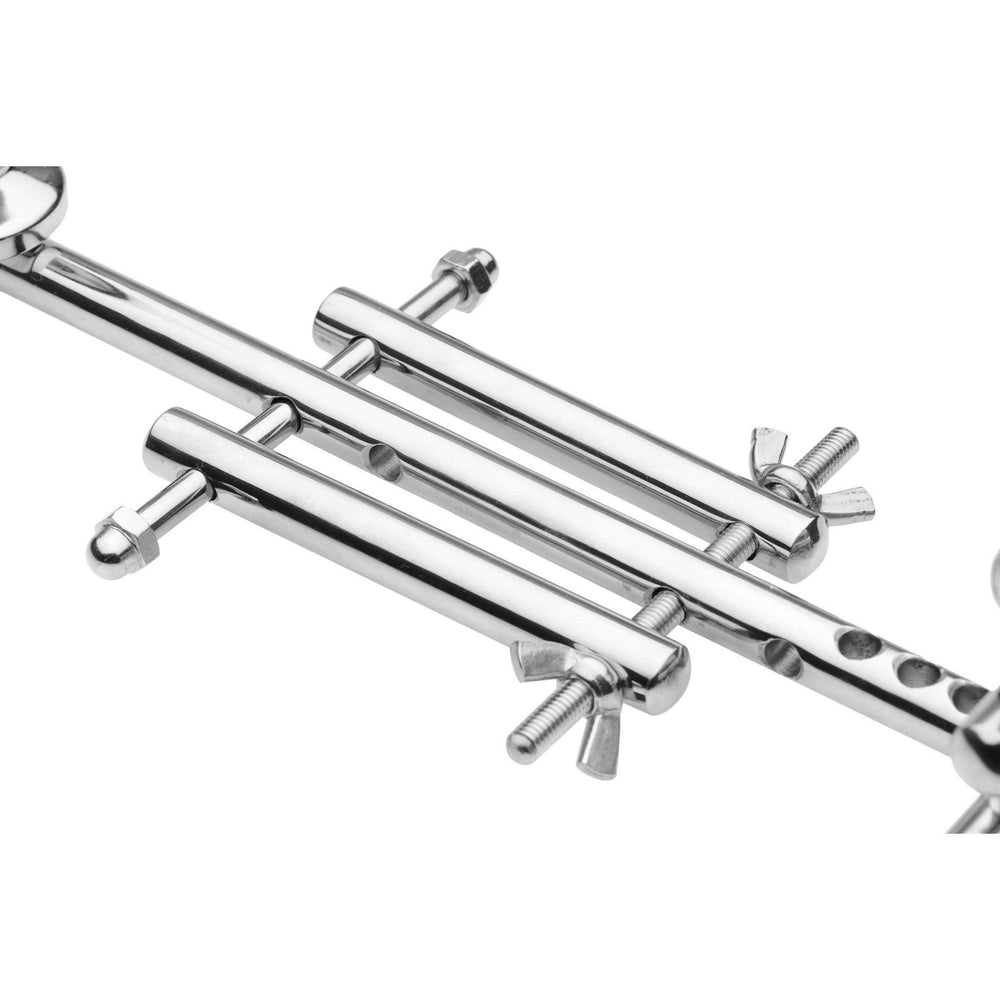

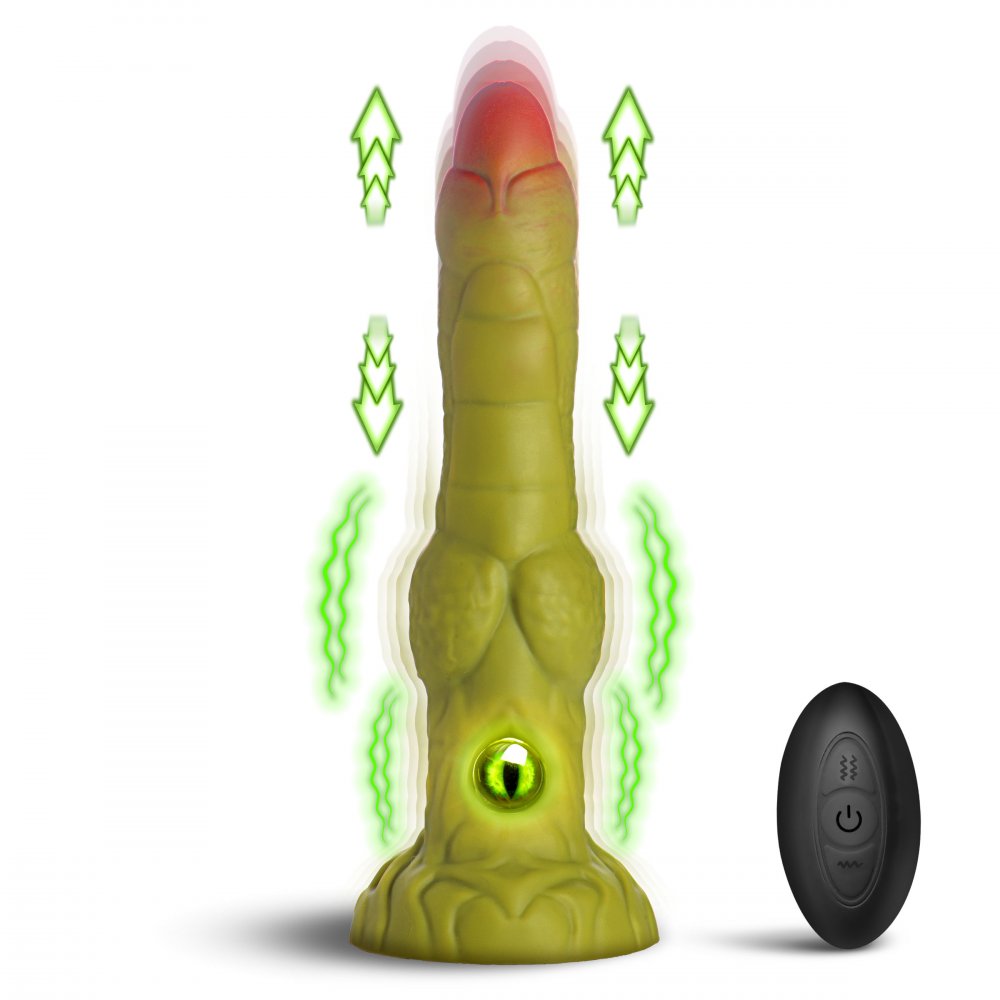
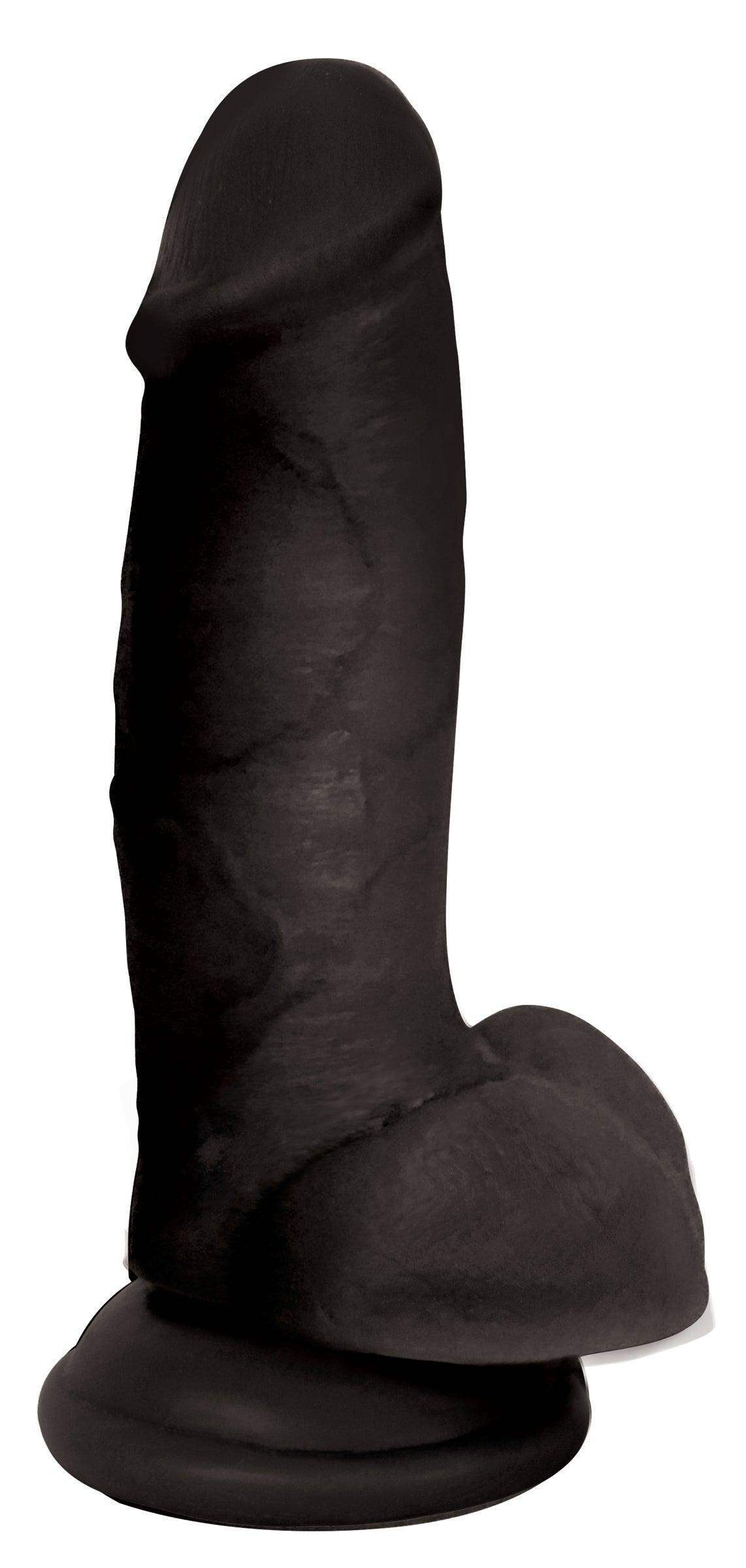









Leave a comment